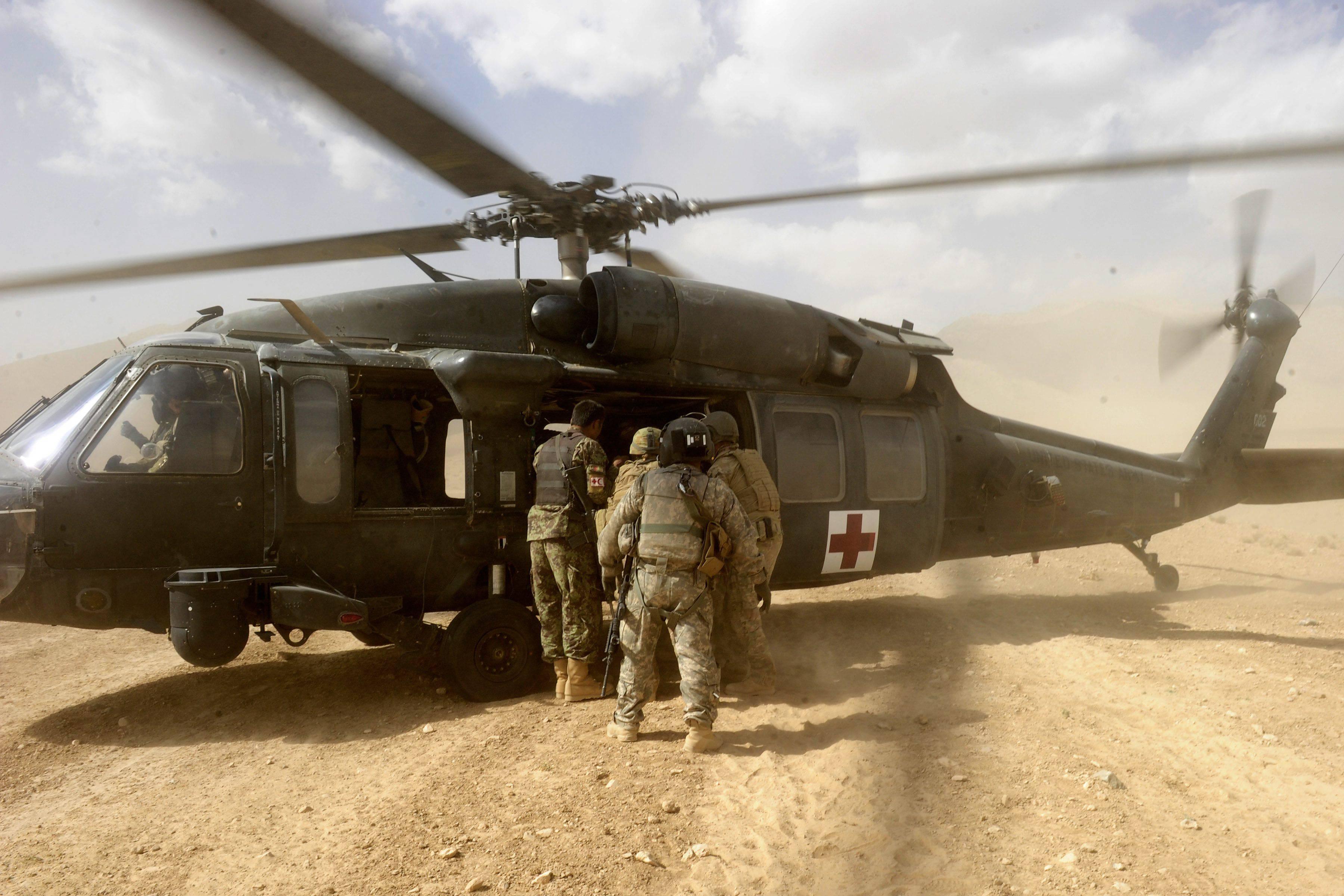Did Gallipoli really make Australia unusually casualty sensitive?
Posted By Charles Miller on May 13, 2014 @ 14:00
The Australian public turned against the war in Afghanistan a long time ago. In 2010, I argued [2] (PDF) that the mission’s fading prospects for success provided the key explanation. But James Brown has recently argued (in his book ANZAC’s Long Shadow: the cost of our [3] na [3]tional [3] obsession [3]) that a uniquely Australian variable offers a more compelling explanation: Australia’s lower casualty tolerance derived from the traditions of ANZAC, and specifically from the legacy of the Gallipoli operation, which implanted a national myth of Australian lives being sacrificed for the benefit of others in conflicts not directly related to the Australian national interest.
But just how persuasive is that explanation? First, it doesn’t comport with Australia’s historical record of intervention overseas nor with how Australia is viewed internationally, especially in the United States. As we know, Australia is the only ally to have fought alongside the US in every major American conflict since WWI. By contrast, Canada, for example, didn’t participate in any shooting wars on the ground between Korea and Afghanistan, despite having a small air and naval contingent in Desert Storm.
Still, the historical record of intervention overseas by a country’s policymakers isn’t necessarily a reflection of their public’s attitudes towards casualties. Perhaps policymakers misjudge the public mood, or perhaps Australia’s greater willingness to intervene overseas relative to Canada is driven by something else besides relative casualty sensitivity. But to understand what the public actually thinks, it’s necessary to consult actual data.
Let’s compare polls run by my colleague Ian McAllister in 2000 on Australia’s casualty tolerance with similar data from the United States gathered by Chris Gelpi and Peter Feaver between 1998 and 1999. Both surveys asked how many casualties their respective publics would tolerate in a range of hypothetical conflicts. While the two surveys aren’t directly comparable—the US version named specific countries and didn’t include a question about the direct defence of the American homeland— two of the questions are similar enough that we can make a rough comparison between the data.
The average American response to the number of casualties acceptable in the defence of Taiwan was 20,172, whereas the average Australian response to the number of casualties acceptable in the defence of unnamed ‘allies’ was 1,775. With the US population almost 14 times Australia’s, that suggests Australians are actually less casualty sensitive about defending a foreign ally than Americans. In fact, the number cited above understates Australian casualty tolerance because it excludes the 10% of respondents who said the ADF should be prepared to take ‘unlimited’ casualties in that scenario.
Similarly, for a humanitarian mission to defend ‘democracy in the Congo’, Feaver and Gelpi found that Americans would be willing to suffer, on average, 6,861 casualties. For a UN peacekeeping mission outside Australia’s home region, McAllister found, Australians would be willing to suffer 1,203. Again, that figure excludes the 6.5% of respondents who stated that they would be willing to take ‘unlimited’ casualties in such a mission. If we scaled that Australian figure up to the size of the American population, you would get a figure of 16,606—over twice the number of casualties the American respondents said they’d tolerate for a similar mission.
Of course, it’s one thing to say that you support X casualties in a hypothetical war, especially before Afghanistan and Iraq. But it’s quite another to continue to express support for an ongoing conflict in which real people are dying. So I recently revisited the polls taken in Australia on support for the war in Afghanistan since my 2010 monograph was published. What I found is that those polls provide little support for the argument that Australians exhibit a unique, Gallipoli-influenced sensitivity to casualties.
Yes, the first few Australian fatalities in Afghanistan apparently caused a sharper drop in support for the war in Australia than the first few American, Canadian or British fatalities did in their respective countries.
But after that sharp drop off, public opinion on the war stabilised and further casualties had much less impact. For instance, between June 2010 and March 2012, over half of Australia’s current casualty toll was incurred but public support for withdrawal rose by only 3%—from 61 to 64%. Between June and October 2010, moreover, Australia suffered an additional 10 casualties but public support for withdrawal actually fell precipitously. That latter fact might have simply been a random fluctuation, but it certainly doesn’t support the idea of a uniquely Australian casualty sensitivity.
In fact, the trajectory of Australian public opinion on Afghanistan looks very much like that of most other developed democracies in modern war. The first few casualties precipitate a steep drop in support, which then declines more gradually in response to casualties thereafter. That pattern was first identified with respect to the US in the Vietnam War by John Mueller in 1971 and has been observed there again with respect to Iraq and Afghanistan. It’s also broadly speaking the same pattern that I observed in the UK, Canada and France, rather than an effect produced by a uniquely Australian variable. I’m happy to accept that my initial dismissal in 2010 of the ‘ANZAC’ theory might have been cursory. But no convincing evidence exists that Australians are more sensitive to casualties than their ‘Anglosphere’ allies. Indeed, the opposite might be true.
Charles Miller is a lecturer at ANU’s Strategic and Defence Studies Centre. Image courtesy of Department of Defence [4].
Article printed from The Strategist: https://aspistrategist.ru
URL to article: /did-gallipoli-really-make-australia-unusually-casualty-sensitive/
URLs in this post:
[1] Image: https://aspistrategist.ru/wp-content/uploads/2014/05/20110923adf8114832_053_smlA.jpg
[2] argued: http://www.strategicstudiesinstitute.army.mil/pdffiles/pub994.pdf
[3] ANZAC’s Long Shadow: the cost of our: http://www.blackincbooks.com/books/anzacs-long-shadow
[4] Department of Defence: http://images.defence.gov.au/20110923adf8114832_053_smlA.jpg
Click here to print.
